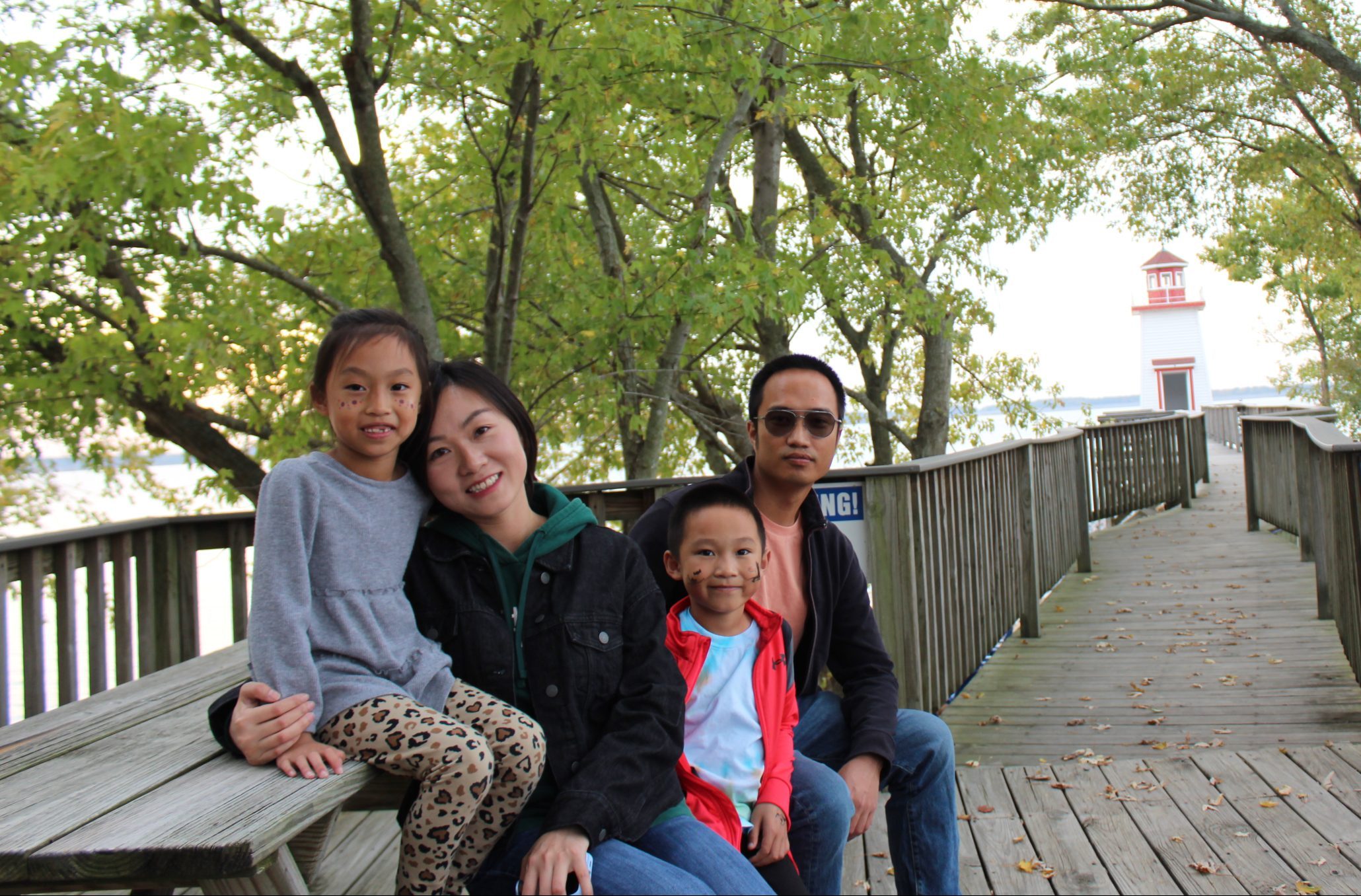
At Lotus, we envision a world free from violence and oppression for all. We can put this vision into action by teaching children about kindness and inclusion. Lotus Children’s Advocacy Center (CAC) prevention education specialist, Paris Jones, says that we can change the world by showing kindness to ourselves and others.

Lotus CAC Prevention Education Specialist, Paris Jones
When you are kind and have compassion for yourself and others, it is hard to picture a world where violence exists. As we learn more about the way children’s brains work and how we develop, we can start to place a shift in the way that our world works. We can start to go away from this competition and comparison, and move toward loving yourself and loving others. Teaching kindness is included in all of our values: being diverse, being inclusive, caring about other people and sharing space with them.
Here are 5 ways you can teach the children in your life to be kind.

Lead by Example
The best way to teach kindness is to show children what it looks like to be kind to ourselves and others. As adults and role models, we must be conscious of the way we speak and treat others.
We are all learning together. Children are growing humans; they have all the same emotions adults have, they just might not have all the words or experiences to express them. Handling our own emotions in a mature and mindful way teaches children how to express—and not suppress—their emotions.
Acknowledge Kindness
When we acknowledge a child’s show of kindness, we can reinforce its value as a behavior. Instead of only acknowledging when a child has done something wrong, we can lift them up by encouraging kind and inclusive actions. Helping a child to know when they made someone else feel good, makes them feel good. The more they receive this gratitude from an adult, the more likely they are to continue that positive behavior.
Create Space
If you have the opportunity to create space for children to be kind, do so! In every moment, we can choose to handle even difficult situations with kindness. As an adult, taking every moment to go the extra step to treat others with kindness helps the children around us learn and copy our behavior.
Use Resources

Books are a great resource to start conversations about kindness, empathy, and inclusion. When reading books with your kids or students, ask them how they feel about what happened in the book or how they would respond if they were in the characters’ shoes.
There are resources for adults as well! Paris suggests the book Thrivers by Michele Borba for parents, teachers, or anyone who interacts with children.
Respect through Learning
It’s important to let children know that it’s okay to be different. We are all different; our unique gifts and qualities enrich our communities.
We can teach children that we all are humans and share the same spectrum of emotions. This reinforces inclusive behaviors and an inclusive mindset. By valuing, supporting, and recognizing diversity, we encourage different perspectives that help us learn from one another.









